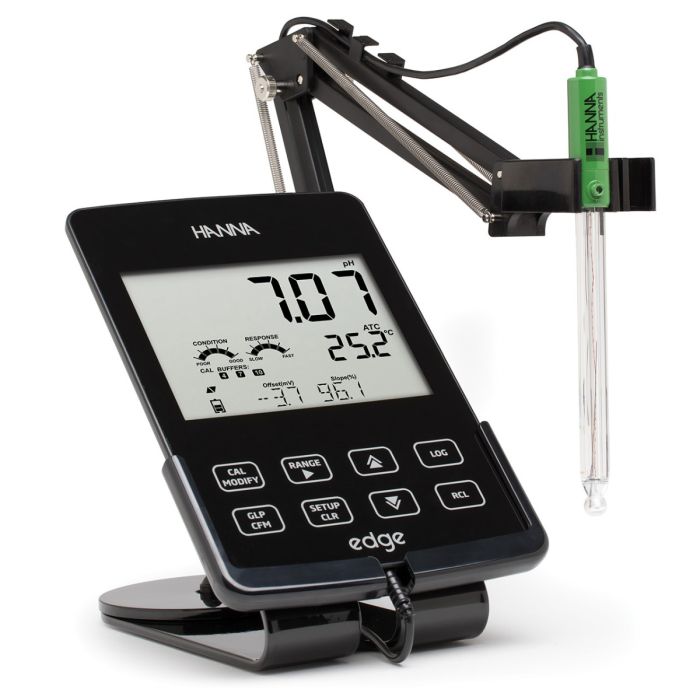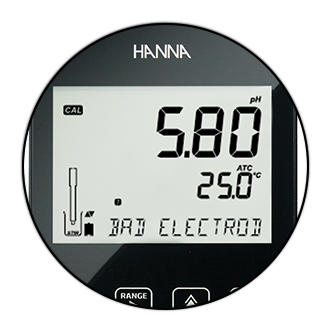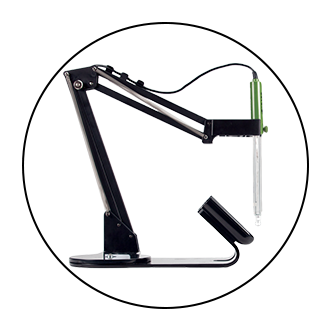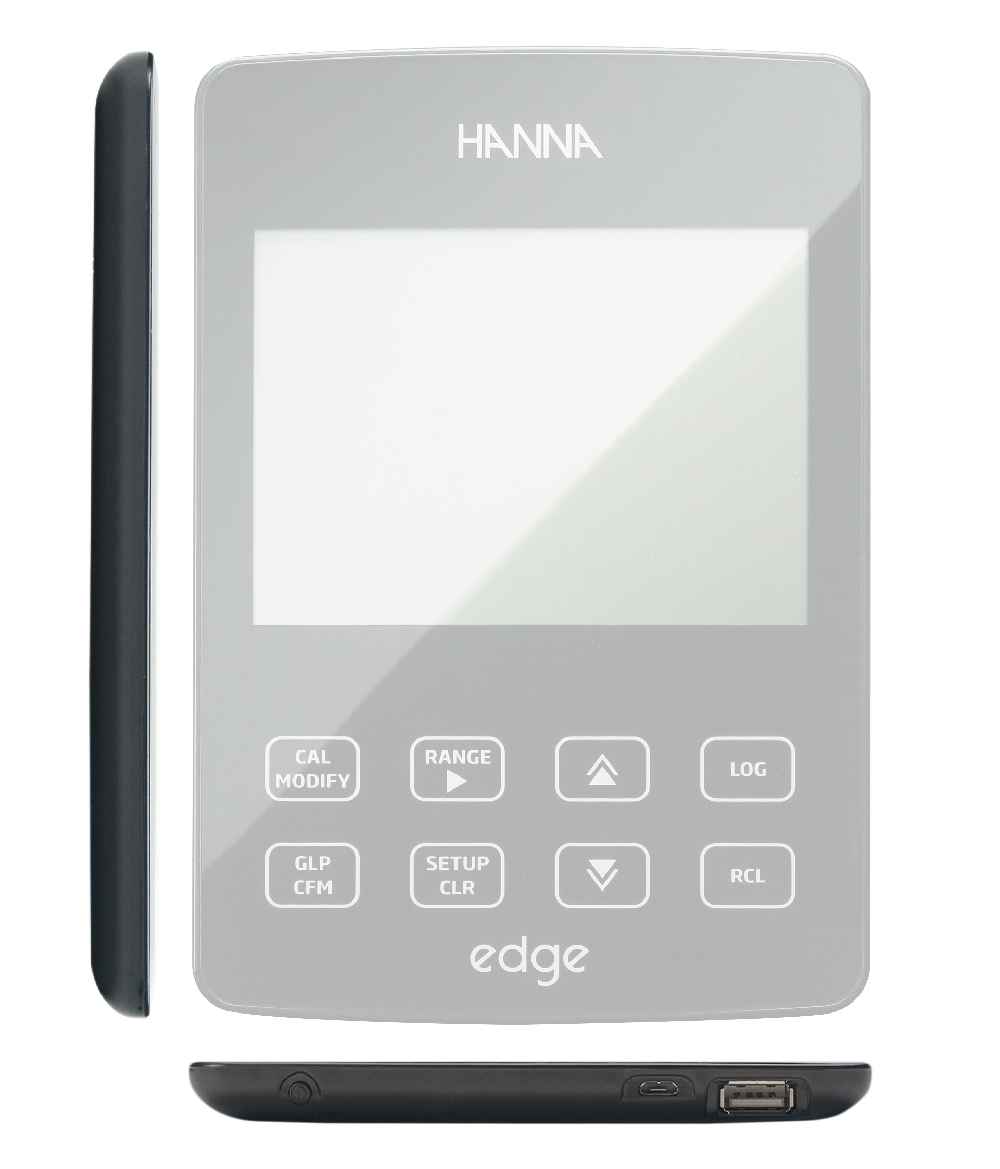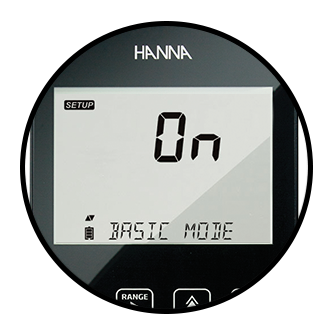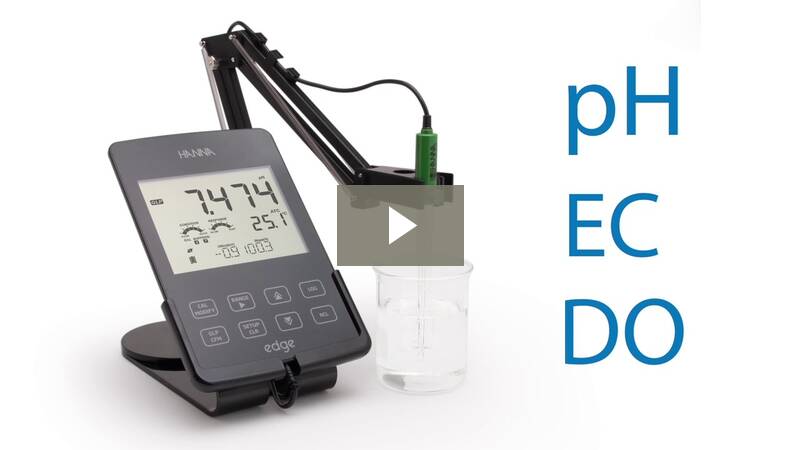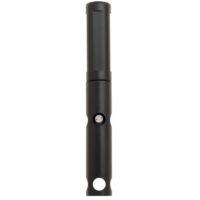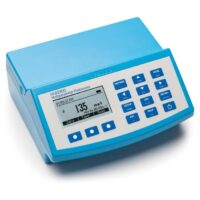| SKU |
HI2020-01 |
| Name |
? Multiparameter pH Meter – HI2020 |
| pH Range |
-2.000 to 16.000 pH, -2.00 to 16.00 pH, ?1000 mV |
| pH Resolution |
0.001 pH, 0.01 pH, 0.1 mV |
| pH Accuracy |
?0.002 pH, ?0.01 pH, ?0.2 mV |
| pH Calibration |
5 points (Standard mode) 1.68, 4.01 (3.00?), 6.86, 7.01, 9.18, 10.01, 12.45, and two custom buffers; 3 points (Basic mode) 4.01; 6.86; 7.01; 9.18; 10.01 |
| pH Temperature Compensation |
ATC: -5.0 to 100.0?C; 23.0 to 212.0?F* |
| pH CAL Check (electrode diagnostics) |
Glass and reference junction diagnostics ( HI 11311 & HI 12301 only), out of calibration range , probe condition, response time |
| EC Range |
0.00 to 29.99 µS/cm, 30.0 to 299.9 µS/cm, 300 to 2999 µS/cm, 3.00 to 29.99 mS/cm, 30.0 to 200.0 mS/cm, up to 500.0 mS/cm (absolute EC)** |
| EC Resolution |
0.01 µS/cm, 0.1 µS/cm, 1 µS/cm, 0.01 mS/cm, 0.1 mS/cm |
| EC Accuracy |
?1% of reading (?0.05 µS/cm or 1 digit, whichever is greater) |
| EC Calibration |
1 point offset calibration (0.00 µS/cm in air), 1 point slope calibration in EC standard 84 µS/cm, 1413 µS/cm, 5.00 mS/cm, 12.88 mS/cm, 80.0 mS/cm and 111.8 mS/cm |
| TDS Range |
0.00 to 14.99 ppm (mg/L), 15.0 to 149.9 ppm (mg/L), 150 to 1499 ppm (mg/L), 1.50 to 14.99 g/L, 15.0 to 100.0 g/L, up to 400.0 g/L (absolute TDS)**, with 0.80 conversion factor |
| TDS Resolution |
0.01 ppm, 0.1 ppm, 1 ppm, 0.01 g/L, 0.1 g/L |
| TDS Accuracy |
?1% of reading (?0.03 ppm or 1 digit, whichever is greater) |
| TDS Calibration |
through EC calibration |
| EC/TDS Temperature Compensation |
ATC (0.0 to 100.0?C; 32.0 to 212.0 ?F), NoTC |
| EC to TDS Conversion Factor |
0.40 to 0.80 |
| Salinity (% NaCl) Range |
0.0 to 400.0% NaCl*** |
| Salinity (% NaCl) Resolution |
0.1% NaCl |
| Salinity (% NaCl) Accuracy |
?1% of reading (@25?C/77?F) |
| Salinity (% NaCl) Calibration |
1 point with HI 7037L 100% NaCl sea water standard |
| Salinity (PSU) Range |
2.00 to 42.00 PSU*** |
| Salinity (PSU) Resolution |
0.01 PSU |
| Salinity (PSU) Accuracy |
?1% of reading (@25?C/77?F) |
| Salinity (PSU) Calibration |
through EC calibration |
| Salinity Range |
0.0 to 80.0 g/L*** |
| Salinity Resolution (ppt) |
0.01 g/L |
| Salinity Accuracy (ppt) |
?1% of reading (@25?C/77?F) |
| Salinity Calibration (ppt) |
through EC calibration |
| Dissolved Oxygen Range |
0.00 to 45.00 ppm (mg/L), 0.0 up to 300.0% saturation |
| Dissolved Oxygen Resolution |
0.01 ppm, 0.1% saturation |
| Dissolved Oxygen Accuracy |
?1 digit, ?1.5% of reading |
| Dissolved Oxygen Calibration |
one or two points at 0% (HI 7040 solution) and 100% (in air) |
| Dissolved Oxygen Temperature Compensation |
ATC: 0 to 50 ?C; 32.0 to 122.0 ?F |
| Salinity Compensation |
0 to 40 g/L (with 1 g/L resolution) |
| Altitude Compensation |
-500 to 4000 m (with 100 m resolution) |
| Temperature Range |
-20.0 to 120.0 ?C, -4.0 to 248.0 ?F |
| Temperature Resolution |
0.1 ?C, 0.1 ?F |
| Temperature Accuracy |
?0.5 ?C, ?0.9 ?F |
| pH Electrode |
HI11310 pH electrode (included) |
| Logging Type |
Manual log-on-demand (Max. 200 logs); Manual log-on-stability (Max. 200 logs); Interval logging *** (Max. 600 samples; 100 lots) |
| Logging Memory |
up to 1000*** records |
| Connectivity |
1 micro USB port for charging and PC connectivity, 1 USB port for storage |
| Battery Type/Life |
Built-in rechargeable battery with up to 8 hours of continuous use |
| Power Supply |
5 VDC adapter (included) |
| Environment |
0 to 50?C (32 to 122?F), RH max 95% non-condensing |
| Dimensions |
202 x 140 x 12.7mm (8” x 5.5” x 0.5”) |
| Weight |
250 g (8.82 oz) |
